Il y a quelques semaines, j'ai reçu un courriel d'une adresse inconnue que j'ai failli jeter sans même le lire. Il faudrait que j'arrête de me méfier des courriels étrangers puisque, selon mes dernières expériences, il s'agit souvent d'opportunités intéressantes! Cette fois-ci, c'était une invitation à une dégustation de thé à la East India Company, qui souhaitait faire parler de ses produits dans les blogs francophones de Londres. Je n'en avais jamais entendu parler mais après une rapide recherche dans Google, j'en ai conclu que c'était une entreprise respectable* où je pouvais aller sans crainte. J'ai aussi commencé à me poser toutes sortes de questions éthiques, mais mes amis blogueurs d'expérience m'ont rapidement rassurée et je me suis présentée à la dégustation avec un esprit ouvert et la conscience tranquille (et avec Vanessa et Max en renfort) (oui, je suis la dernière à faire mon article, et de loin).
Je dois admettre que leur unique boutique à Londres, où avait lieu la dégustation, est un peu intimidante: l'équivalent dans le monde du thé de ces boutiques de designers de mode où l'espace est vide sauf pour quelques vêtements qu'on n'ose pas toucher, et où les vendeurs vous lancent des regards noirs derrière leur comptoir parce que la valeur de tout ce que vous portez n'équivaut même pas à une paire de bobettes dans leur boutique... Enfin, je m'égare. Malgré la marmelade à £18.95 les 227g (à cause des flocons d'or qu'elle contient, voyons), les employés de la East India Company étaient chaleureux et ouverts, prêts à répondre à toutes nos questions. Ils nous ont d'abord servi un Trade Roots (thé vert au gingembre, sucre de canne et rhum brun) pour délier les langues et faire connaissance, puis nous avons convergé vers le comptoir pour la dégustation proprement dite.
Le Tea Master Lalith Lenadora nous a d'abord servi un thé blanc, le Silver Cloud, en nous expliquant quelle quantité de thé faire infuser, combien de temps et à quelle température. Fait intéressant: il n'a été produit que quelques kilos de ce thé durant l'année, dont la East India Company possède l'exclusivité. Il se vend donc à prix d'or mais on peut faire au moins deux tasses (deux infusions successives) avec seulement une cuillère à thé, ce qui le rend finalement assez rentable! Nous avons ensuite goûté à un thé vert, le Long Jing, qui avait un goût assez prononcé mais pas du tout amer comme peut souvent l'être le thé vert mal infusé. Le secret: utiliser peu de thé et ne pas le laisser tremper trop longtemps, ni dans une eau trop chaude. Les Chinois infusent le thé vert jusqu'à 5 ou 6 fois de suite, et contrairement à la croyance populaire il devient meilleur avec chaque infusion, et ne perd pas de ses propriétés antioxydantes. Le dernier thé était le Staunton Earl Grey, un thé noir bien sûr, et de loin mon préféré. J'adore le Earl Grey au départ, mais la East India Company détient une recette spéciale contenant de l'huile de bergamote et de fleur d'oranger qui en rend la saveur encore plus riche, exotique et complexe. Seul bémol de cette dégustation: le thé nous était servi dans de petits verres de plastique, pas très pratiques ni confortables quand ils ramollissent au contact du thé chaud...
Pour finir la soirée, on nous a servi un second cocktail appelé Polo Punch et contenant un thé blanc aromatisé aux fruits tropicaux, du champagne et un cordial à l'hibiscus. Tout en grignotant quelques bouchées salées et sucrées, nous avons discuté avec les autres blogueurs et les organisateurs et fureté dans les recoins de la boutique. Je n'ai rien acheté, mais je saurai où aller pour mes cadeaux de Noël!
* Fait intéressant, la East India Company a en fait été fondée dans les années 1600, ce qui en fait la plus vieille entreprise du Royaume-Uni. On lui doit les toutes premières importations de thé en Angleterre et la création de cette tradition si populaire aujourd'hui. La compagnie a dû fermer à un moment au 19e siècle mais a rouvert ses portes récemment, et essaie depuis de reprendre le contact avec ses importantes racines dans le monde du thé.
Mise à jour: On m'avise que les dégustations se font maintenant dans des tasses de porcelaine, comme il se doit!
. . . . . . . . . . . . . . . . . . . . . .
A few weeks ago I found a message from an unknown address in my inbox and almost deleted it immediately. I should try and tame my spam-detecting instincts because lately, strange messages have usually been good news! This time around it was an invitation to a tea tasting event at The East India Company, who wanted to try and get French bloggers in London to talk about their products. I had never heard of them before but a quick Google search confirmed that they were indeed a real business* I could visit without fearing for my life. I also started asking myself all kinds of ethical questions but my more experienced blogger friends soon reassured me and I showed up to the tasting with an open mind and a clear conscience (and Vanessa and Max as backups) (yes, I am by far the last one to post about this).
I have to admit that their Conduit Street shop, the only one in London, where the tasting was held, is quite intimidating: kind of like those designer boutiques where you're afraid to even look at the two garments hanging in empty space, and where the salespeople glare at you from behind their counter because everything you're wearing is not even worth the price of knickers in their shop... Anyway, back to the tea. Despite the marmalade retailing at £18.95 for 227g (because of the gold leaf in it, of course), the employees were all really helpful and welcoming, ready to answer any and all of our questions. They started by serving a Trade Roots (ginger green tea, cane sugar and dark rum) to break the ice and get us chatting, and then we all moved towards the counter for the tea tasting itself.
Tea Master Lalith Lenadora first served a Silver Cloud white tea, explaining everything we needed to know about how much to use, how long to infuse it and what temperature the water should be. Interesting fact: only a few kilos of this particular tea were produced over the course of the year, and The East India Company owns all of it. Consequently it's not the cheapest, but you can make two cups with one teaspoon and that makes it fairly efficient in my opinion! We then tried Long Jing, a green tea with a fairly strong taste but no bitterness like green tea has when improperly infused. The secret: to use less tea and not let it steep too long, or in too hot water. The Chinese infuse green tea up to 5 or 6 times in a row, and contrary to popular belief it actually becomes better with each infusion and doesn't loose any of its antioxidant power. The last tea we tasted was the Staunton Earl Grey, a black tea of course, and by far my favourite of the evening. I love Earl Grey to begin with, but The East India Company uses a special recipe with natural bergamot and neroli oils, which gives it even more rich, exotic and complex flavour. The only downside of the tea tasting was the plastic cups used to serve the tea: not very practical or comfortable when the hot tea makes the plastic go soft...
To conclude the evening, we were served a second cocktail called Polo Punch and made with tropical fruit flavoured white tea, champagne and hibiscus cordial. While munching on some sweet and savoury bites, we chatted with the other bloggers and organisers and looked around the shop. I didn't get anything, but I'll know where to go for my Christmas presents!
* Interestingly, The East India Company has actually been around since the 1600s, making it the oldest business in the UK. It is responsible for bringing the tea culture to England and making it the popular tradition it is today. The company had to close sometime in the 19th century but was brought back to life recently, and is now trying to reconnect with its deep roots in the tea world.
Update: I have been informed that the tea is now served in proper china cups!
Update: I have been informed that the tea is now served in proper china cups!

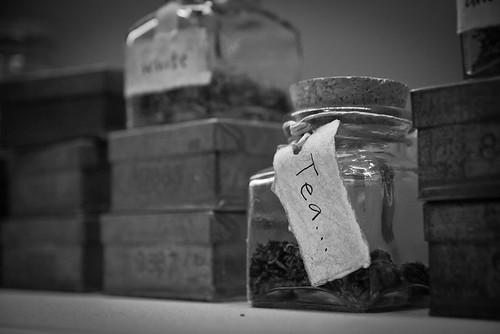
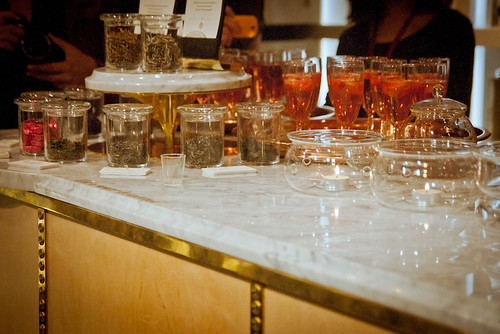
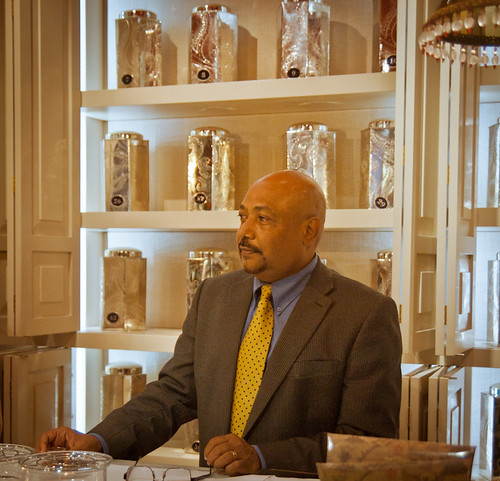
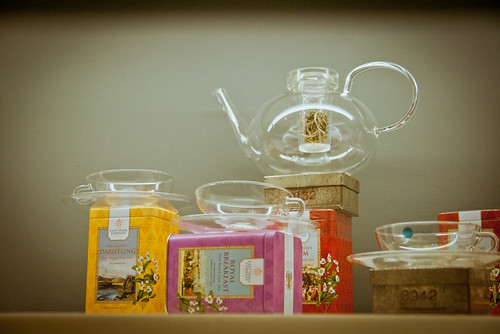
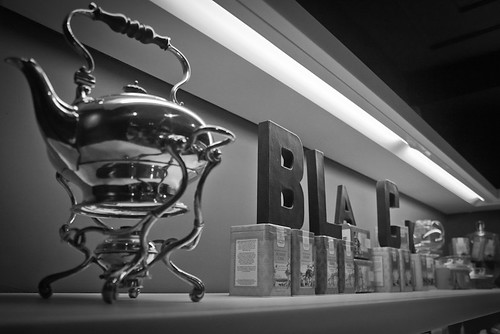
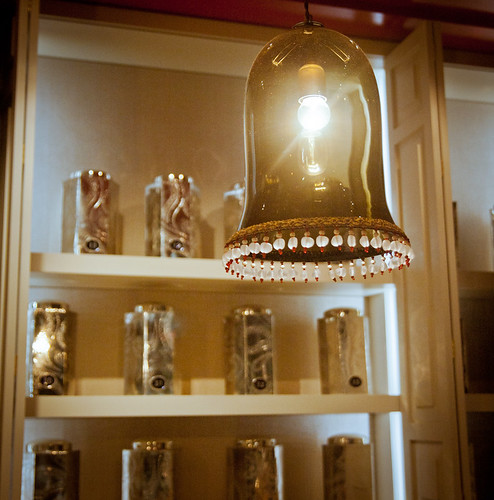
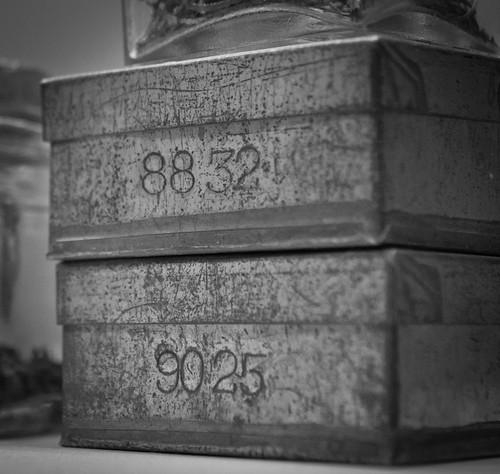
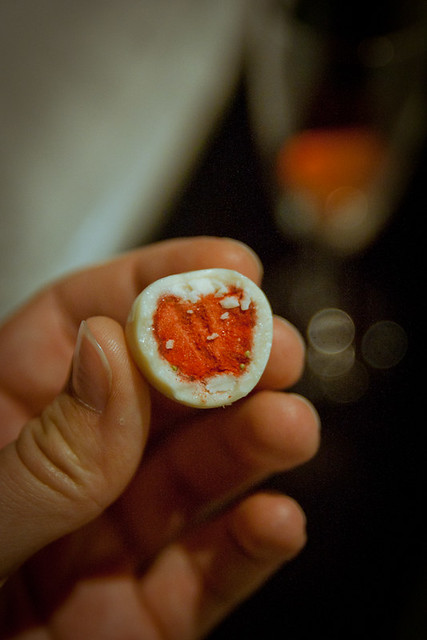
Je suis jalooooouuuse!!!! Un vrai délice cette visite dans ce temple du thé et j'ai les papilles qui frétillent aux quelques descriptions de mélange!
RépondreEffacerEffectivement, assez ordinaire de faire déguster du thé dans du plastique, mais où était donc passé la fine porcelaine anglaise? IlS ont sûrement les moyens de payer quelqu'un pour laver tasses et soucoupes...
Et les photos, comme d'habitude, se dégustent sans retenue!
Bizarre en effet que cette grande compagnie fasse une dégustation de thé dans des verres de plastique. J'ai l'impression que le thé doit prendre une autre saveur, en plus de l'inconfort du plastique qui fond au contact du thé chaud.Il paraît qu'on n,arrête pas le progrès mais il y a des progrès dont on se passerait. As-tu vérifié tes courriels dernièrement?
RépondreEffacerBye et à bientôt,
Ginette
Denise: Je me suis posé la même question quant à la porcelaine, dans le contexte c'était très étonnant... La responsable de l'événement m'a informée qu'ils ont récemment changé les gobelets de plastique pour de la vraie vaisselle, je ne dois pas être la seule à avoir fait le commentaire!
RépondreEffacerGinette: C'est encore pire quand la personne ne verse pas très bien et qu'un peu de thé te coule sur la main! Mais tout est corrigé maintenant, apparemment. J'ai vu, lu et apprécié ton courriel, mais le temps me manque dans mon sprint avant le grand départ!
The East India Company is indeed a 'real' business and, if history would have taken a slightly different turn, would be huge still today. It was the first global corporation and as powerful (or even more so) as Microsoft is today. And it was the main force to make it possible for you to drink tea in England today.
RépondreEffacerIf you're interested in an excellent book about its role in establishing tea gardens in the British colonies (which supply the bulk of cheap everyday tea today), I'd highly recommend Sarah Rose's For all the tea in China.
BTW, your photos are gorgeous...
RépondreEffacerJo: Thanks for all the info! I remember them saying something to that effect, but couldn't go into the details for fear of explaining it wrong... And please do keep coming back for more photos ;)
RépondreEffacer